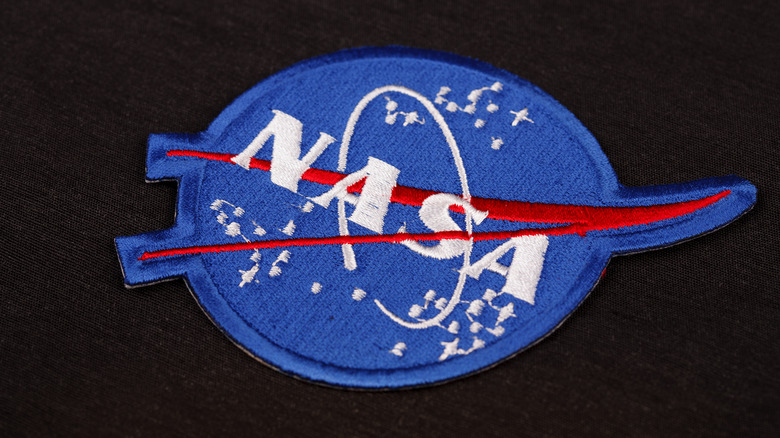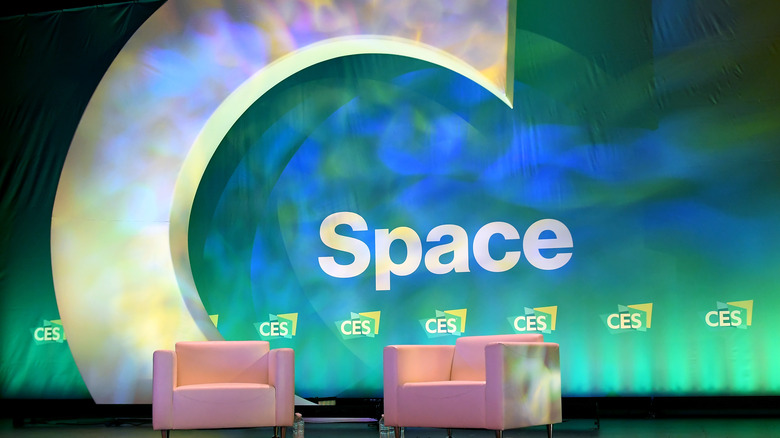Why NASA Rejected The Idea Of Making NFTs
NASA is already at the forefront of technology and recently published a thorough report documenting the "spin-off 2022" inventions by its engineers and scientists. The organization, although keen to delve into technology trends, does not seem very impressed with the idea of non-fungible tokens (or NFTs), a recent rage keeping the tech community electrified.
NASA clarified its images are not protected by any copyright and that means anyone can use them for educational or informative use in creating content for platforms like YouTube and TikTok. NASA has updated its media guidelines to clarify that because of the open nature of its media, it does not want them to be tokenized as NFTs.
To better understand why necessitates grasping what an NFT is. NFTs are digital contracts on blockchain used to establish unique ownership of an asset, generally in the digital form (via The Verge). Despite its broad nature, NFTs have mostly been associated with the ownership of — sometimes weird and outlandish — images and digital illustrations. NFTs are mostly stored on an Ethereum-based blockchain and the high energy requirements to store and purchase NFTs (using cryptocurrency) has sparked concerns.
In the update, NASA stressed, "Non-Fungible Tokens (NFTs) are, in essence, digital tokens owned by someone as a 'one of a kind' digital asset. NASA does not wish for its images to be used for these purposes. It is unlawful to falsely claim copyright or other rights in NASA material."
NASA rejects the use of its logos for NFTs
In contrast to the imagery published by NASA, its logos and other insignia, including the popular "meatball" and "worm" logos, are copyrighted by the agenct. Even though these media require special permission before they can be used commercially for items like merchandise, NASA has outlined it does not wish these logos or any other merch based them to be used in NFTs.
NASA's updated guidelines for merchandising read, "NASA is not approving any merchandising applications involving Non-Fungible Tokens (NFTs), as they are not consistent with the categories of products the Agency is approved to merchandise. Further, as stated in the NASA Media Usage Guidelines, NASA does not wish for its images to be used in connection with NFTs."
Being a government agency, NASA explicitly disapproves the use of its logos being used on certain categories of products. These categories, as highlighted in the merchandising guidelines by the agency, include "alcohol, food, cosmetics, tobacco, underwear, technology, etc."
Other space-inspired NFTs
NASA's rejection of the images of the space being locked out as "exclusive content" in NFTs could disappoint space enthusiasts who have been wanting to privately own a glimpse of a far flung galaxy. But at the same time, NASA's decision seems only fair and ethical because the space is not owned by anyone — at least not until a multi-billionaire claims their exclusive right on it. That said, it is possible to get in on the NFT space race.
Those who still want a share of the pie with flavors of space can explore other unofficial projects like "flown into space" by Inspiration4 or Mars4, an NFT-based metaverse that has created a three-dimensional model of Mars using data from agencies like NASA. Anicorn Watches had also released aa NASA-branded NFT last year in which a "secret timepiece" designed by NASA logo creator Richard Danne (via DeZeen) can be seen floating in dark space.


